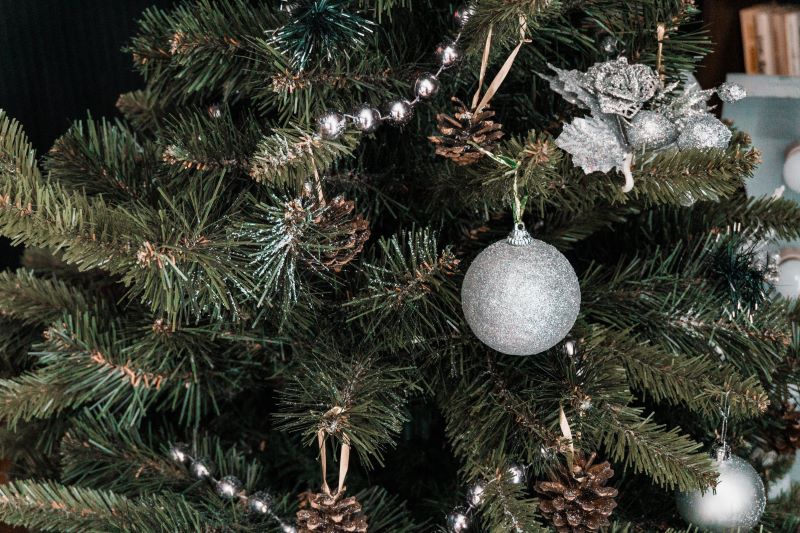The Benefits of Choosing an Artificial Christmas Tree for Your Home
As the holiday season draws near, it’s time to start thinking about the centerpiece of your Christmas decorations: the Christmas tree. While many people opt for a real, traditional tree, artificial Christmas trees have become increasingly popular in recent years. In this article, we’ll take a comprehensive look at the different kinds of artificial Christmas trees available on the market, and help you choose the best one for your holiday decorating needs.
First and foremost, it’s important to consider the material of your artificial Christmas tree. PVC, or polyvinyl chloride, is the most common material used in artificial trees. PVC trees are typically low-cost, but may not last as long as more expensive options. Another popular option is PE, or polyethylene. PE trees are made of molded plastic branches and have a more realistic look and feel. They tend to be more expensive, but also tend to last longer than PVC trees.
Next, consider the shape and size of your artificial Christmas tree. Traditional trees are typically full and cone-shaped, but many other shapes and sizes are available, including slim and pencil-shaped trees, as well as flat-back trees for those who are short on space. Be sure to measure the space where you plan to place your tree before deciding on a size.
Different Types of Artificial Christmas Trees: From Traditional to Modern
Lighting is also an important factor to consider when choosing an artificial Christmas tree. Pre-lit trees are becoming more popular as they save time and effort during the decorating process. LED lights are more energy-efficient and last longer than traditional incandescent lights, but are also typically more expensive. Look for trees with evenly distributed lights and wiring that is hidden or camouflaged for a more natural look.
Now, let’s talk about the different styles of artificial Christmas trees. Traditional green trees are always a popular choice, but there are many other options available. White trees give a snowy, wintry feel, while black trees create a modern, sophisticated look. Flocked trees are covered with artificial snow and give a cozy, rustic feel. And if you really want to make a statement, consider a fiber optic tree, which has fiber optic lights that change color, creating a magical and unique effect.
Finally, consider the ease of setup and storage when choosing your artificial Christmas tree. Look for trees that come with clear instructions and are easy to assemble and take down. Some trees even come with a storage bag to protect them during the off-season. It’s also important to consider the weight of the tree, especially if you plan to move it frequently or put it on a higher floor.
In conclusion, choosing the right artificial Christmas tree can be overwhelming, but it doesn’t have to be. Consider the material, shape, size, lighting, style, and ease of setup and storage when making your decision. With so many options available, you’re sure to find the perfect tree to add some holiday cheer to your home. Happy decorating!

